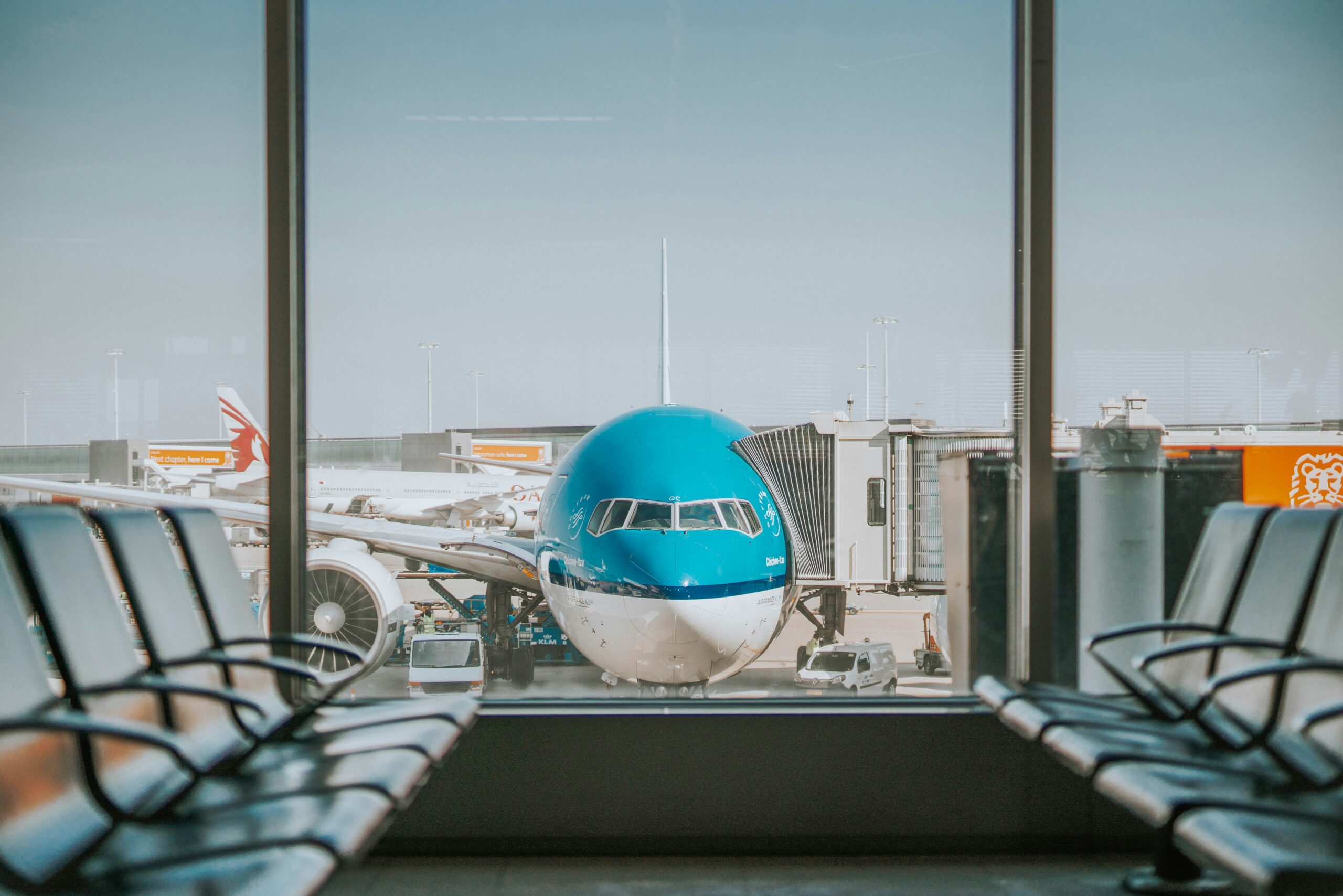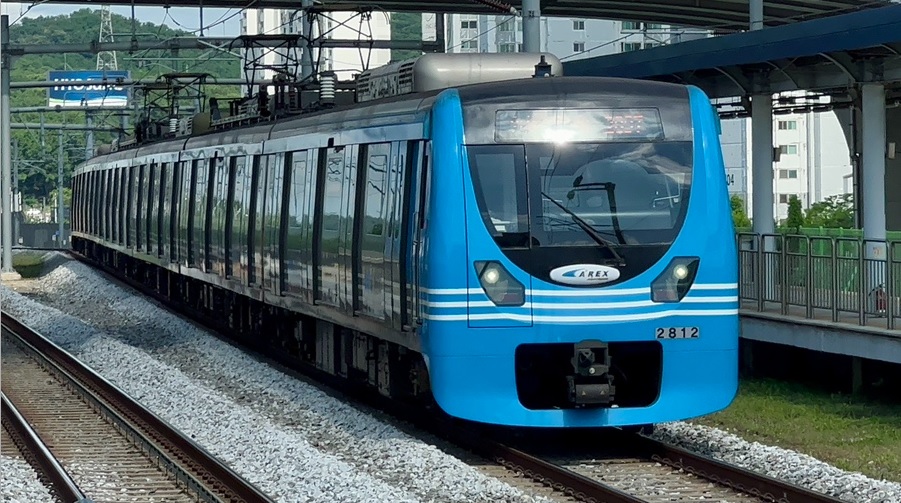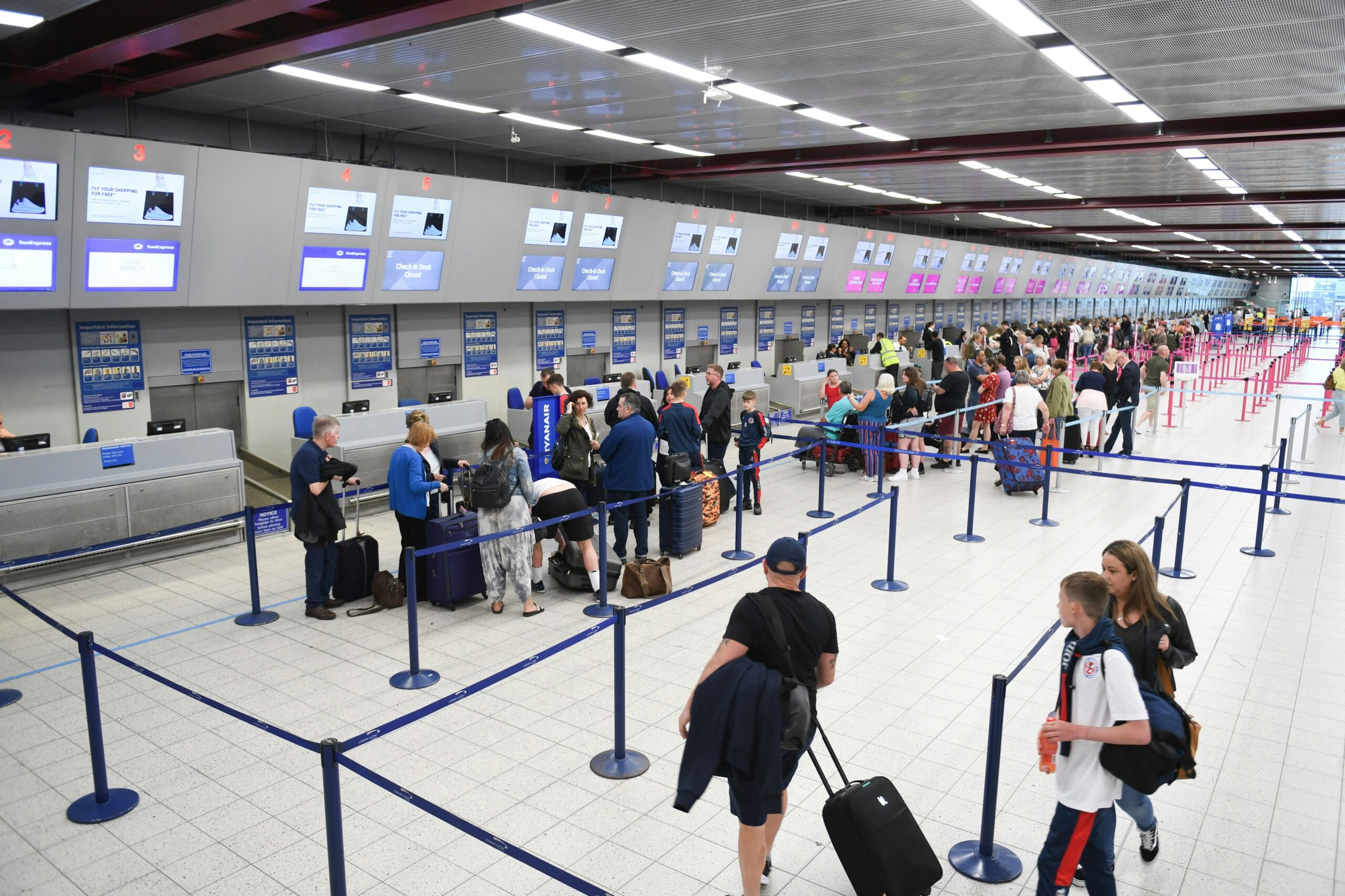Hello, foreigners traveling to Korea! Have you ever wanted to head to Jeju Island, where the blue sea and Hallasan Mountain await? The fastest and easiest way to get to the island is by plane, but if you’re new to flying Korean domestic flights, it can be a little intimidating: you’ll have to use a domestic airport, and the boarding process is in Korean. In this guide, we’ll walk you through how to fly domestically in Korea, with a focus on Jeju Island, from a foreigner’s perspective.
From how to get to the airport, to boarding procedures, to what to bring on board, we’ll break down the ins and outs of domestic flights. Once you’ve followed along, flying domestically in Korea will be a breeze. So let’s get started on conquering domestic flights like a foreigner! This article is part of the Korea Travel Guide: 55 Tips for Foreigners Getting to Know Korea series.
From booking a Korean domestic flight to getting to the airport from a foreigner’s perspective
How to Book Korean Domestic Air Plane Tickets, Even for Foreigners
- About domestic airlines: Korea’s domestic airlines, including Korean Air, Asiana Airlines, Jeju Air, Jin Air, and T’Way Air, operate domestic flights from various base cities. Almost all of them fly to Jeju, and you can get there for less with budget airlines.
- Where and how to book: Most airline websites are available in English, but you can also use global booking sites like Expedia and Skyscanner. If you don’t understand Korean, you can use a translator or get help from a friend in Korea.
- Note to foreigners: Make sure to enter your English name exactly as it appears on your passport. If you have an Alien Registration Card, you can get a seat discount by entering the number when booking.

Airports for Korean domestic flights, explained in plain English for foreigners
- Incheon International Airport: The domestic counter is located on the 3rd floor of Terminal 1. Head to the right of the departure hall and follow the signs in English. Domestic flights tend to be quieter at Incheon International Airport, so it’s easier to board. However, most domestic flights depart from Gimpo International Airport.
- Gimpo International Airport: Most flights from Seoul to Jeju depart from Gimpo Airport. The airport building is divided into international and domestic, so head to the domestic building. There are good information services in multiple languages.
- Jeju International Airport: Jeju Airport is the hub for domestic flights. Once you arrive, you can get help in English at the car rental desk or tourist information center. They’ll be more helpful if you speak simple Korean.
How to get to the airport without getting lost, even as a foreigner
- How to get to Incheon Airport: The easiest way to get to Incheon Airport is by Airport Railroad, which you can take from Seoul Station or Hongdae Station. Follow the English-language announcements and take the train to the airport. It’s a direct train and you can get off at the airport.
- How to get to Gimpo Airport: Seoul Subway Lines 5 and 9 and the Airport Railroad connect to Gimpo Airport. Just follow the signs from the airport station to the Domestic Terminal, and you’ll be guided by friendly English-speaking staff. Of course, you can also take an airport bus to Incheon Airport, but most of them go through Gimpo Airport.
- Taxi tip: When taking a taxi, ask the driver for the airport terminal. If you’re having trouble pronouncing Korea, you can also type “Incheon Airport” or “Gimpo Airport” into your phone and show it to them. They’ll be able to calculate the fare for you.

Domestic airport tips for foreigners
Check in for Korean domestic flights, even for foreigners, in 30 minutes
- Check in: Show your passport at the airport counter and get a boarding pass. Ask an English-speaking agent for help, and self-check-in kiosks have English menus to make it easier.
- Go through security: Read the instructions in English when you go through security. Remove electronics like laptops and place them in a basket.
- Tip for fast passage: Use web/mobile check-in to avoid waiting at the counter. Arrive at the airport with plenty of time, but be on time at the security checkpoint. A simple greeting in Korea will speed up the process.

Finding the gate for a Korean domestic flight, even for foreigners
- Use the signs: The airport is well signposted in both Korean and English. Follow the signs for Departure, Gate, etc. to avoid getting lost.
- Listen to the announcements: There are also English announcements near the gate, so make sure to memorize your flight number in Korea and listen to the English announcements. Say something like “Passengers to Jeju, flight OZ8549” to indicate your destination and flight number.
- Ask a staff member: Most airport staff can communicate in basic English, so don’t hesitate to ask them if you’re confused about your gate. “Jeju? Gate?” (Which is the gate to Jeju Island?) and they’ll be able to tell you right away.
Tips for acting like a Korean on an airplane
- Learn Korea in a snap: Try saying “Kamsahamnida” (thank you) when thanking the flight attendant. Add “Juseyo” (please) when ordering food or drinks.
- Takeoff and landing reminders: You must fasten your seatbelt during airplane takeoff and landing. Fasten your seatbelt when you hear the announcement “Anjeonbeltu” (seatbelt). If you experience ear congestion, try swallowing or yawning.
- Find your luggage after arrival: When you get off the plane, go to the arrivals lounge. Follow the sign that says “Bagaji” to the baggage claim area and wait for your bag to come off the belt.
Enjoy Jeju Island, information tailored for international visitors
How to get around Jeju Airport
- Renting a car at Jeju Airport: There are rental desks in the Jeju Airport Domestic Terminal, making it easy to rent a car. Be sure to check the rental conditions for foreigners. Ask for an English navigation system to make driving easier.
- Take public transportation: There are limousine taxis and bus stops outside the Jeju Airport. You can buy a ticket by telling them where you’re going in English and the driver will tell you where you’re going. Buses are cheap and easy to get to downtown Jeju.
- Take a tourist shuttle bus: There are also shuttle buses to famous tourist spots, so ask at the airport. The buses have the main tourist spots written on the front in English. The buses follow a set route and are great for first-timers.
Jeju Island, a must-visit travel destination
- Udo: A small island in Jeju Island, Udo has beautiful blue waters and beaches and is great for biking. It’s a 15-minute ferry ride from Jeju Port. Type “Udo-myeon” into your car’s navigation system.
- Hyeopjae Beach: This is Jeju’s best beach with emerald waters. It has a long stretch of white sand and crystal clear water that tickles your toes. There are hotels, restaurants, and cafes. Type “Hyeopjae Beach” into your car’s navigation system.
- Hallasan National Park: Hallasan National Park is home to Jeju’s iconic Mount Hallasan, as well as other natural wonders like rock formations and waterfalls. It’s easy to hike here with well-maintained trails. It takes about five hours to reach the summit. Enter “Hallasan National Park” into your car’s navigation.
Closing thoughts
Flying domestically in Korea and traveling to Jeju Island can be a fun adventure, even for foreigners, with a little preparation. Listen to the Korean announcements on the plane and take your adventure lightly. You’ll discover Korea’s unique charms like nowhere else in the world. Breathe in the refreshing breeze, admire the emerald waters of Jeju, and treat your taste buds to fresh seafood. You’ll feel the joy of Jeju’s natural beauty. We wish you a wonderful trip to Jeju!

